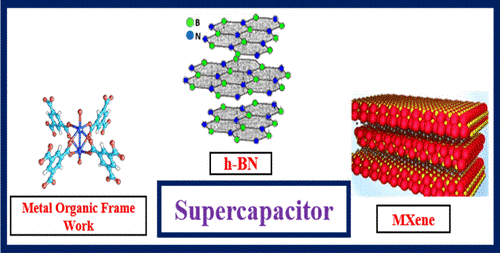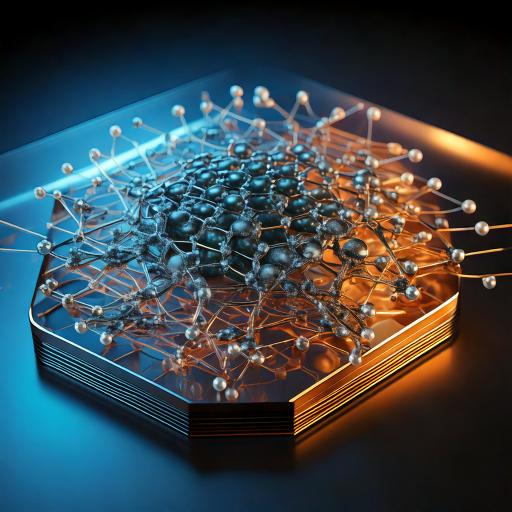CNT has capitalized on a long tradition of research in 2D materials in two publications on modern M Xenes and MOFs
The CNT scientists are involved in the research together with the team of prof.Vlastimil Matějka from the Faculty of Materials Science and Technology, where the issue is being studied as part of the university's flagship projects REFRESH and MATUR. These new nanomaterials are being investigated for applications in batteries and capacitors, as well as for applications in environmental problem solving.
2D materials are very thin layers of materials that are one or a few nanometres thick. As a result, they can offer unique properties where electrons can move almost without restriction.
This physical property can be positively exploited for extreme electrical conductivity. Another unique property is their high strength. Taking the example of graphene, where the strength of the graphene layer is 200 times greater than, for example, steel of the same thickness, it still retains its extraordinary lightness and flexibility.
Such two-dimensional materials resemble thin sheet structures in their dimensions. Current trends in 2D materials include metal organic frameworks (MOFs), MXenes and hexagonal boron nitride (h-BN). MOFs belong to a new class of materials whose uniform pore distribution, ability to alternate composition and structure, together with relatively simple fabrication, are unique properties for applications

The disadvantage is their insulating nature. CNT scientists are currently addressing this issue in two peer-reviewed publications.
MXenes are proving to be a versatile solution for conductivity parameters because they contain transition metal carbides, nitrides and carbonitrides. MXenes are also gaining extraordinary attention from the scientific community in the fields of catalysts, energy, electromagnetic shielding and sensors due to their excellent mechanical, electrical, sensing, optical and tunable properties.
Extensive research by a team of scientists at the Nanotechnology Center aims to optimize the potential for unique properties in these 2D materials, and to evaluate the benefits and applicability, of these materials in research for future energy storage solutions. The effort is to assess the environmental impact of these materials and to effectively exploit the potential of the properties of these layered materials to address pollution in the environment.
